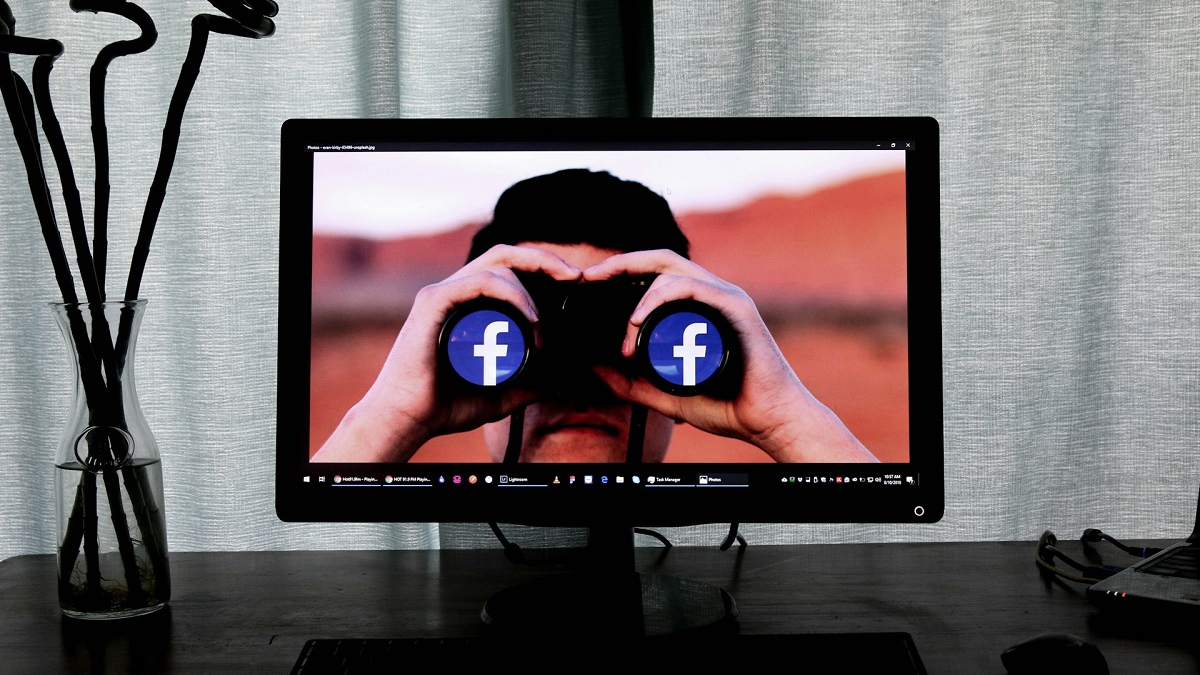
Meta’s Ray-Ban 2 smart sunglasses have already come under scrutiny over how Meta itself uses the visual information they capture, but now one hacker has shown how anyone can do the same.
A clever Harvard University student recently demonstrated that it’s possible to “hack” the glasses in such a way that photos and live video they capture can be used to find detailed personal information about people’s faces in real-time.
AnhPhu Nguyen, a junior at Harvard University, took the livestreaming feature in the $379 Ray-Ban 2 smart sunglasses from Meta and Ray-Ban and connected the visuals it captured to a computer that monitored his feed in real-time.
He then used publicly available AI-powered facial recognition software to detect the faces from his live stream and scour the wider internet for other images that identified who they belonged to.
His setup was able to scour databases like voter registration indexes and online articles about individuals to rapidly gather specific names, phone numbers, home addresses, and even the names and photos of family members. He even managed to locate social security numbers.
All of this information was obtained after simply capturing individual faces and streaming the live video to his computer.
The data collected about users was then packed together by an LLM (large language model, like ChatGPT) and made into a searchable profile that he set to be streamed back to his phone.
The whole process above, from recording a face to digging up data to creating and sending that person’s profile to his phone, took just seconds.
In other words, he created a massive hole in the anonymity most people would assume about themselves while walking the street, just by looking at them with hardware and software that anyone can obtain.
Nguyen detailed his efforts in a recent X post. He also explained that he wasn’t doing any of this maliciously. Instead, it’s for the sake of making public just how easy it is to crack people’s privacy and anonymity in public with these basic modern technologies.
Are we ready for a world where our data is exposed at a glance? @CaineArdayfio and I offer an answer to protect yourself here: pic.twitter.com/Oo35TxBNtD
— AnhPhu Nguyen (@AnhPhuNguyen1) September 30, 2024
The Harvard student has even published a small guide for removing one’s data from some of the databases he scraped from.
The more worrying implications behind his benign demonstration of this technology are just how easily and widely it can be used by people with genuinely malicious intent.
Beyond this, there’s the fact that Meta itself (and whoever it decides to share its information with) can also easily do what Nguyen pulled off, and much, much more.
In fact, Meta very recently came under criticism for something similar involving its Ray-Ban glasses, except it involved data collection on a corporate scale.

The company admitted that it can and does store video and photos captured with its glasses for later analysis. Users of the Ray-Bans may not often consider this while wearing the glasses and filming in private contexts.
If a single university student, using completely public, basic tech tools and databases, was able to extract so much from his single pair of Meta Ray-Ban 2 smart sunglasses, you can probably imagine what Meta can extract from hundreds of thousands of users.
It might be tempting to claim that these glasses aren’t doing anything too different from regular street photography and live video captured by users who then share their work on social media.
However, in this case, we’re talking about a device specifically designed to stream in real-time and feed all that it streams directly to a corporate database.
Though the difference between this and visuals captured by regular cameras is shrinking thanks to increasing connectivity in said modern cameras, it is still a difference that exists.
Images credit: Meta, AnhPhu Nguyen
Credit : Source Post



